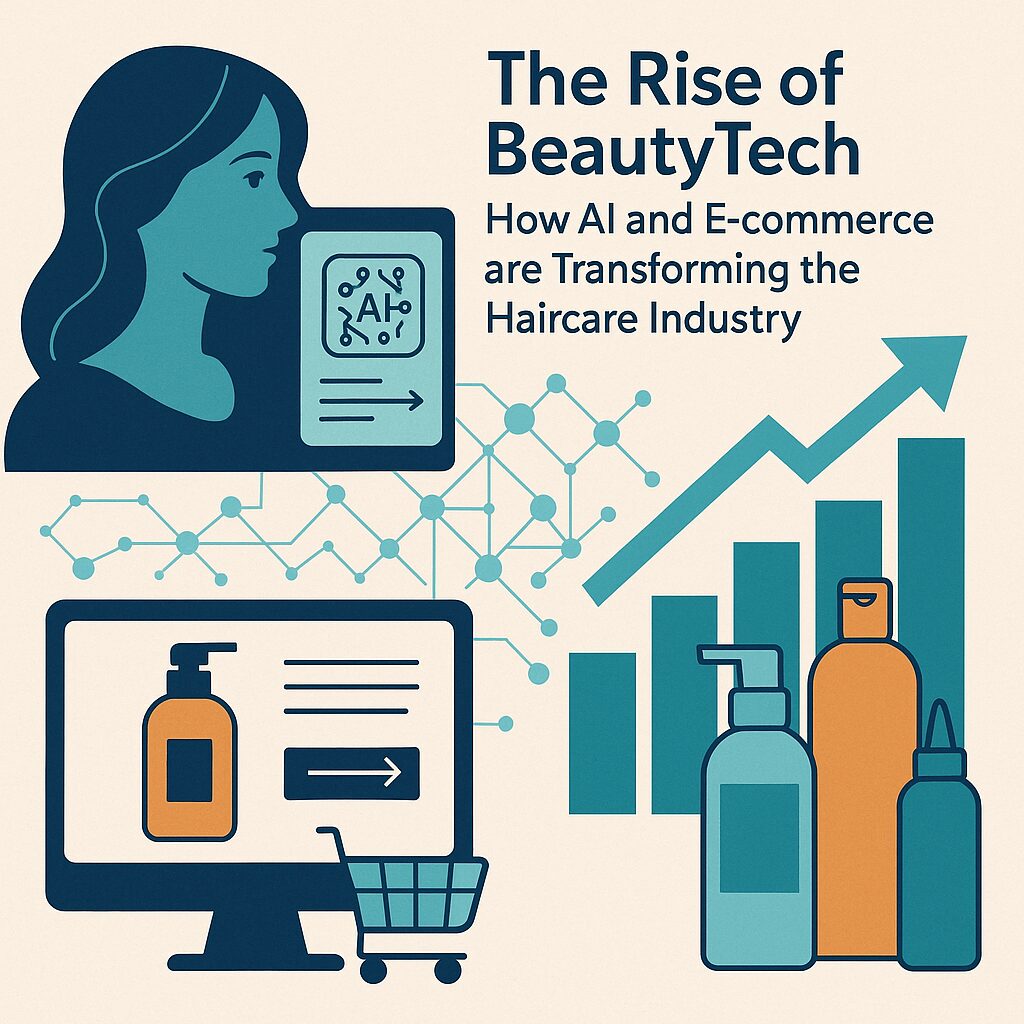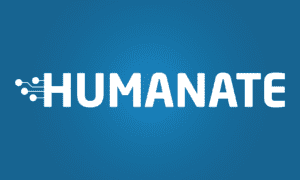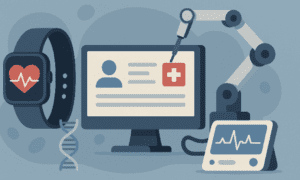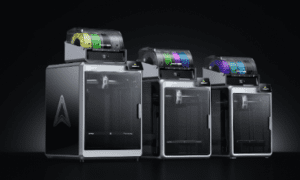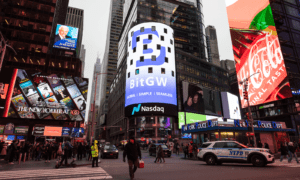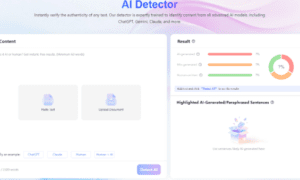London, August 2025 – The beauty industry is undergoing a seismic transformation. Valued at over $700 billion worldwide and projected to grow steadily over the next five years, the sector is increasingly shaped by a powerful new force: BeautyTech. Combining artificial intelligence, advanced data analytics, and cutting-edge e-commerce solutions, technology is redefining how consumers discover, purchase, and experience haircare products.
AI-Driven Personalization: From Guesswork to Precision Care
For decades, customers relied on trial-and-error to find the right shampoo, conditioner, or serum. Today, that paradigm is shifting dramatically thanks to artificial intelligence. Machine learning models are now capable of analyzing hundreds of variables – from scalp hydration and environmental exposure to genetic predispositions – to create ultra-personalized haircare recommendations.
Virtual consultations, powered by computer vision, allow users to scan their hair with a smartphone and receive tailored suggestions in seconds. This level of personalization not only boosts customer confidence but also reduces product returns, improving operational efficiency for brands operating online.
Fintech Innovations Reshaping Beauty Commerce
Beyond personalization, the integration of fintech solutions is changing how haircare is bought and sold. Cross-border one-click payments, Buy Now, Pay Later (BNPL) options, and blockchain-based authenticity tracking are eliminating friction in the purchasing process. These financial tools enhance customer trust, facilitate global transactions, and open new opportunities for niche haircare companies looking to expand internationally.
For investors, this convergence of beauty and finance signals a maturing market, where technology is not just a facilitator but a profitability driver. Subscription-based haircare services, enabled by secure fintech platforms, are expected to become a multi-billion-dollar segment by 2030.
The Power of Specialized E-Commerce Platforms
While mainstream marketplaces dominate sales volumes, a new wave of specialized e-commerce sites is reshaping consumer behavior. These platforms focus on specific hair needs, offering curated products backed by expert knowledge and transparent ingredient sourcing. For example, Kerargan has emerged as a specialized digital destination for high-quality, targeted hair treatments, combining data-driven insights with a direct-to-consumer model.
Such niche platforms leverage advanced CRM systems, AI-powered recommendations, and optimized supply chains to deliver a seamless customer experience that generalist retailers often fail to match. This level of focus enables them to scale globally while building stronger brand loyalty.
Predictive Commerce: The Future of Haircare Tech
The next frontier for BeautyTech is predictive commerce — anticipating what customers need before they even think about buying. Smart devices, such as connected hairbrushes and scalp analyzers, will gather real-time data to automatically trigger replenishment orders. Digital twin technology could soon allow users to test products virtually on a model of their own hair, revolutionizing online shopping.
Moreover, Web3-based loyalty programs may reward customers with tokenized benefits, adding a financial dimension to consumer engagement in the beauty space. These developments hint at a future where the line between technology, finance, and personal care becomes increasingly blurred.
Conclusion: A Market on the Edge of Reinvention
Artificial intelligence, fintech solutions, and specialized e-commerce platforms are collectively transforming the global haircare market. What was once a traditional, product-driven industry is rapidly becoming a tech-enabled ecosystem, offering tailored solutions, seamless transactions, and predictive experiences for consumers worldwide.
As this digital evolution accelerates, brands embracing technology early will be best positioned to capture market share and build lasting customer equity. BeautyTech is no longer a buzzword — it is the future of haircare, redefining how products are developed, distributed, and consumed in a connected world.

